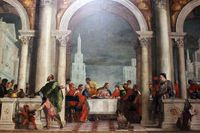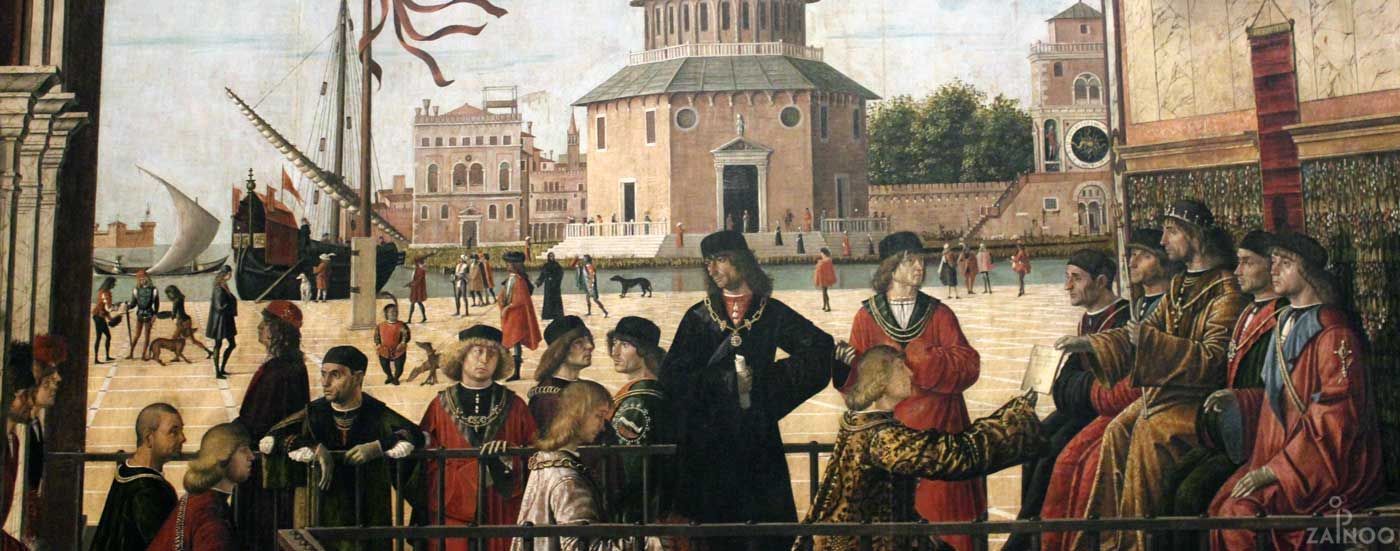Art and Culture in Italy
Ancient artistic tradition and cultural development
The artistic tradition of Italy is nearly as old as the country itself. Even in the Neolithic Age, the inhabitants of the peninsula produced ornamental items and jewellery. Because of the influence of many cultures from the Mediterranean area, especially from the Greeks and Etruscan, the country has developed a strong artistic tradition resulting in many important works of art. But despite the great number of works of art and historic relics, today it is mostly the culture and lifestyle of the Italian people that fascinate travellers. Mediterranean flair, excellent cuisine and the slower pace of life add a special charm to the country.
Art in Italy: from the Etruscans until today
Art and politics have always been closely tied together in Italy. Therefore, almost all roads of art history lead to Rome as well. After the Etruscans, the Roman Empire dominated Europe for centuries becoming a centre of art and culture in Italy and beyond. Even after the collapse of the Roman Empire, Rome and the Vatican remained the focus of the European art scene and established new standards with the Italian Renaissance. But in the meantime, the many Italian city states developed independently and established their own cultural and political centres. Subsequently, it would probably be hard to imagine today's Rome without the baroque works by Gianlorenzo Bernini and Francesco Borromini. They significantly determined the look of the Italian capital and their magnificent works are still admired by many travellers to Italy.
Lifestyle and awareness of life: mentality and culture in Italy
Italian lifestyle and the typical Mediterranean attitude towards life are two of the major reasons why so many people appreciate the mentality and culture in Italy. But what constitutes a real Italian? Clichés and prejudices range from the classic swollen-headed macho or the expressive silver-tongued Italian to the stylish-elegant Italian. Even though there might be a grain of truth in many of these clichés, the Italians are mostly less uniform than one might think. Great Roman history was followed by a long period of small city states and foreign leadership. Therefore, it is hardly surprising that local patriotism is still strong in many regions and many Italians are constantly striving to stand out from the others. Yet, especially towards foreigners the Italian national pride prevails showing travellers an extraordinary piece of Italy with all its advantages.
Famous Italians
A great history and rich culture in Italy paved the way for many prominent personalities who are still known today all over the world and whose lasting achievements have influenced society. In addition to the great Roman emperors and writers, such as Julius Caesar and Cicero, there were also many other famous Italians in history that weren't necessarily thought of as Italians. Besides the much-quoted Venetian womaniser Giacomo Casanova, famous artists and politicians, such as Dante Alighieri, Peggy Guggenheim and Giuseppe Verdi, were born in Italy. Leonardo da Vinci and Galileo Galilei lived and worked in Italy and are some of the most important scientists of our time. This is reason enough to visit their places of work in Italy and to learn more about their lives.



Tweet